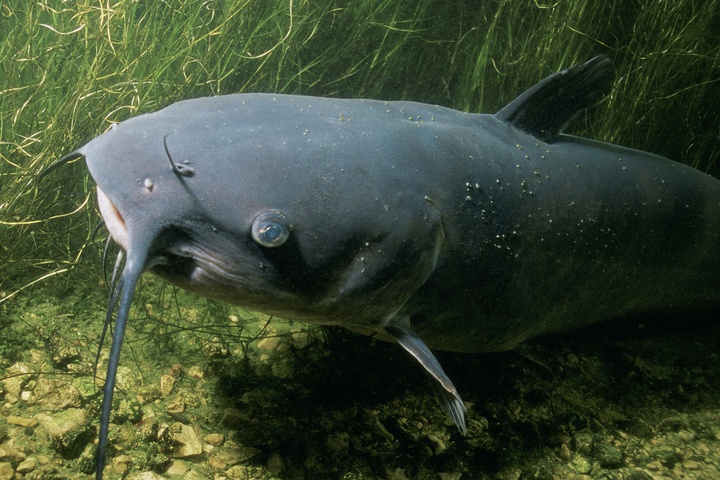
Catfish is one of the most frequently consumed seafood products in the United States. Given that catfish is a good source of high-quality protein and has a great taste, it’s no surprise that pond-grown catfish comprise the largest sector of US finfish aquaculture.
The catfish industry is an important contributor to the US economy. In 2019, Catfish farmers in the US sold $379 million worth of catfish. Over the past decade, catfish farmers have produced an average of 347 million pounds of catfish per year.
The industry is especially important to the top three major producing states: Mississippi, Alabama, and Arkansas. The industry is also a major source of employment
History of the Catfish Industry
The first commercial catfish ponds in the US began in the 1960s. In the 80s and 90s, production boomed, and the catfish industry became the largest of all US aquaculture industries.
However, the catfish industry declined steadily during the 2000s. The prices of feed increased due to the increased demand for biofuels, which increased production costs. At the same time, fish prices remained flat. The economic recession in 2008 further harmed the industry.
Although the catfish industry has not bounced back to its booming production numbers in the 80s and 90s, things are looking up. In the 2010s, market conditions started looking better for catfish farmers. Feed prices started to decline, and fish prices rose. Improved technologies also helped to intensify production and lower production costs.
Technological advancements are making a splash
Technological advancements have allowed for more intensive production and lower production costs, which has helped the industry to spring back in recent years.
Hybrids
Catfish farmers have found success by breeding channel catfish and blue catfish. Channel catfish grow quickly, spawn easily, and are tolerant of fluctuations in water quality and temperature.
Crossing channel catfish with the slower-growing, but larger, blue catfish has yielded promising results. Hybrid catfish generally grow faster, have better survival rates, and yield more meat than either the channel or blue catfish.
Intensification of production
Technological advancements have also allowed farmers to produce more catfish in smaller areas of water.
Split-cell ponds are one way to do this. In split-cell ponds, fish are housed in one small section of the pond and the rest of the water is used for oxygen production. The smaller fish ponds allow for more intense production.
As a result of these advancements, the productivity of catfish farms has increased considerably over the past decade. For example, Mississippi catfish farms’ productivity rose from 3,100 pounds per acre in 2011, to 5,700 pounds per acre in 2019.
Despite these successes, catfish farmers still face challenges that reduce productivity.
Issues that remain
Off-flavors
One of the major challenges that catfish producers face are undesirable flavors that develop in response to blue-green algae exposure. The taste has been described as “earthy” or “muddy,” and it must be removed from the catfish before they can be harvested.
To remove the unpleasant flavors, farmers leave catfish in the ponds to allow the flavor-distorting chemicals to be flushed out. The harvesting delays lead to significant economic losses since the farmers are unable to sell the fish right away, the fish need to be fed for longer, and there is an increased risk of predation and disease.
This is a common issue for catfish farmers. Instances of off-flavor cause production delays for approximately 50% of catfish ponds each year in the US, and off-flavored fish cost an estimated $15 to $23 million to catfish farmers in the US.
Currently, the United States Department of Agriculture – Agricultural Research Service is turning to the public to help find ways to eliminate off-flavors in catfish. To find out more about ways to get involved, take a look at the crowdsourcing project.
COVID-19: an unexpected hurdle
The COVID-19 pandemic has put even more pressure on the industry. As restaurants have reduced operations in response to the ongoing public health crisis, the demand for seafood, including catfish, has fallen considerably. As a result, catfish producers have had to hold inventory for longer periods of time, and many have cut back or shut down operations.
What’s next?
Although the COVID-19 pandemic has cast things into uncertainty, the catfish industry as a whole is taking positive strides. Technological advancements have helped to increase productivity, and innovation continues to progress.
The industry has kept its head above water during challenging times in the past, and it isn’t going away any time soon.
Check out the Protecting the Natural Flavor of Catfish Challenge on HeroX now!








